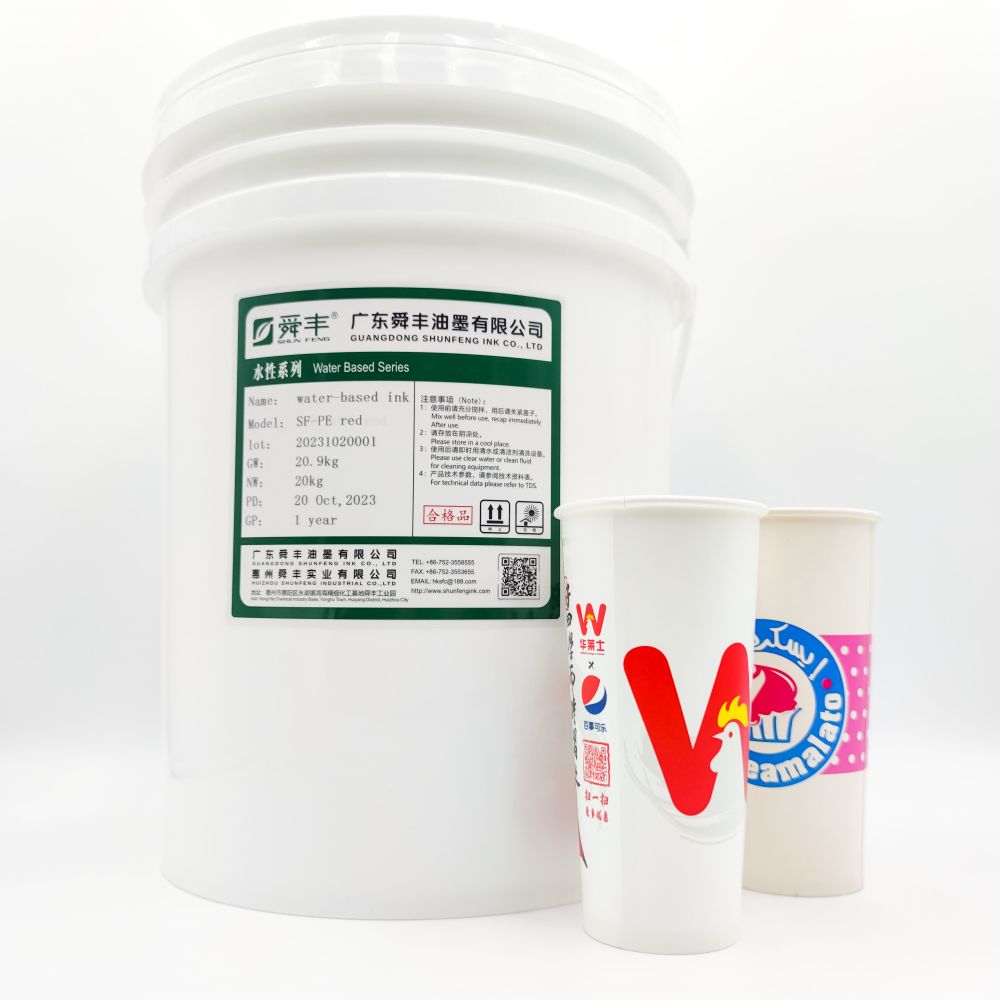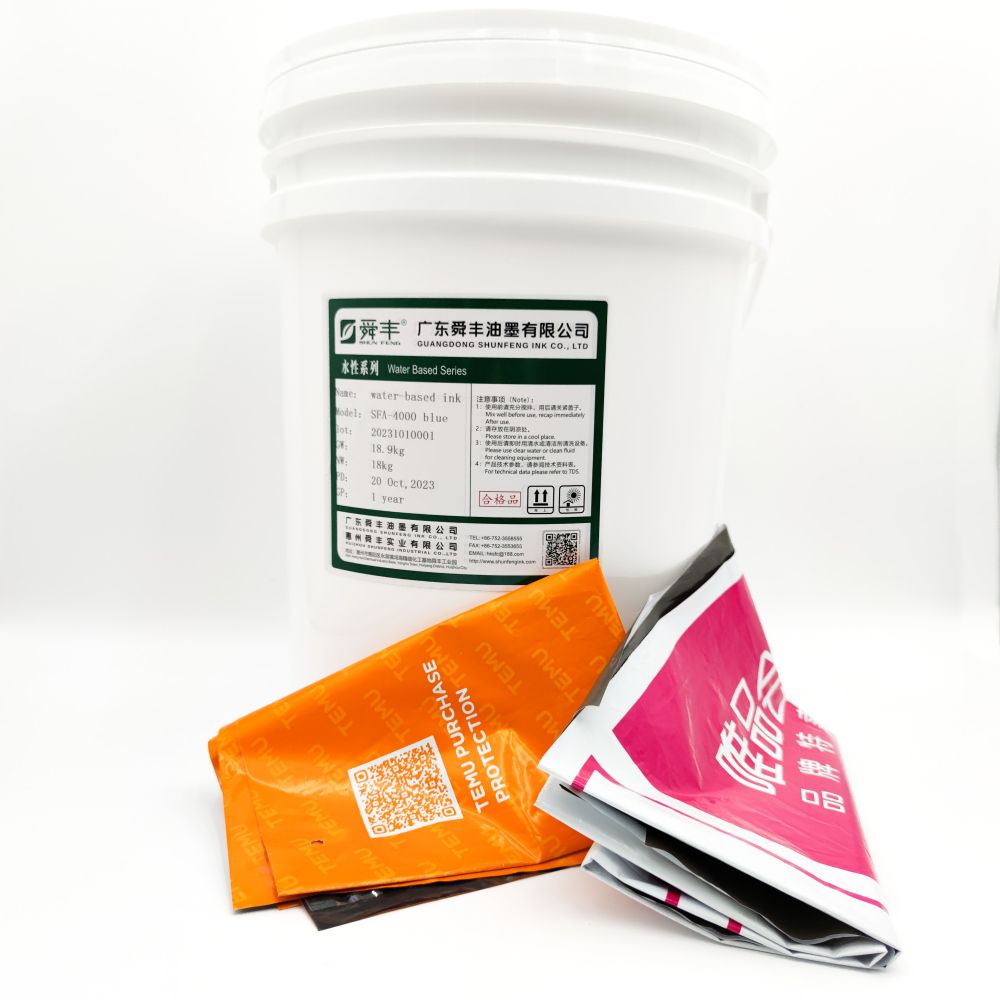Common Questions and Answers about Acrylic Water-Based Ink
Features and Selection of Acrylic Water-Based Ink
In recent years, water-based ink has gained popularity due to its environmental benefits, prompting many printing companies to adopt it. When faced with various water-based inks on the market, selecting the right product becomes a crucial task. Here are the main features of acrylic water-based ink.
The Impact of Acrylic Resin on Water-Based Ink
Acrylic resin plays a vital role in water-based ink. Firstly, it aids in the dispersion of the ink, forming a protective layer on pigment particles and enhancing the ink's leveling properties for a uniform film. Secondly, the solid content and viscosity of the water-based polypropylene resin must be controlled. Higher solid content results in better gloss and faster drying. Viscosity reflects the resin's molecular weight and intermolecular interactions; higher molecular weight leads to higher viscosity, poorer pigment dispersion, and lower water solubility. Lastly, the resin should have high light transmittance to ensure film transparency.

Functions of Water-Based Acrylic Resin
Water-based acrylic resin serves several functions in water-based ink:
- Acts as a film-forming agent, binding the pigment to the substrate.
- Provides good leveling, spreading, and gloss.
- Serves as a grinding and wetting agent.
- Assists in pigment dispersion.
- Enhances re-dissolution during printing.
Application Substrates for Water-Based Acrylic Resin
Due to its excellent adhesion, gloss, and fast drying properties, water-based acrylic resin can be used on various substrates such as paper, kraft paper, corrugated paper, and plastic films like BOPP, PE, PP, and PVC. Some plastic films require corona treatment before use.










